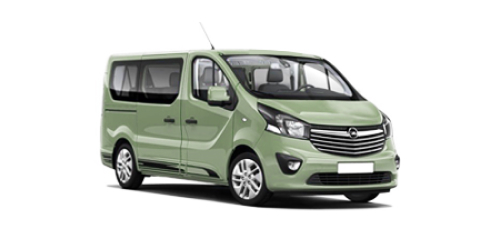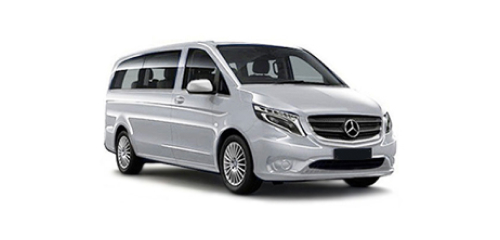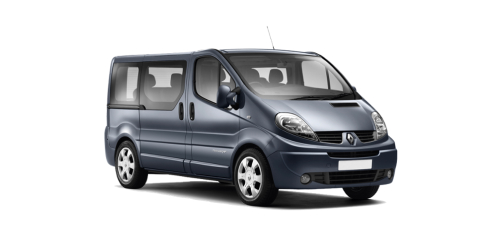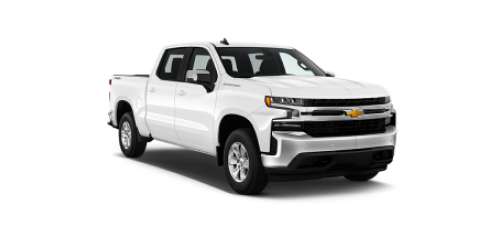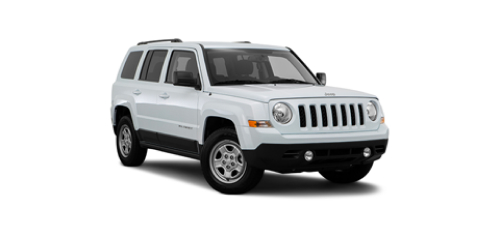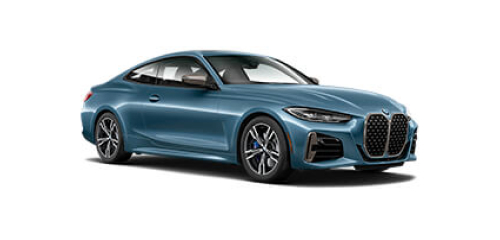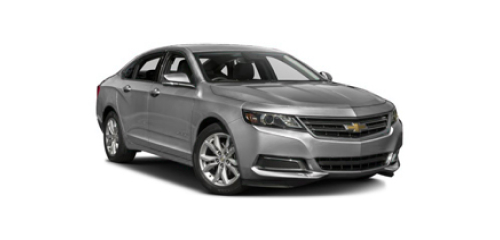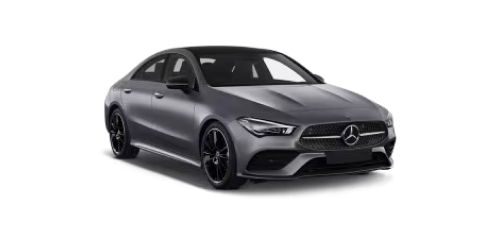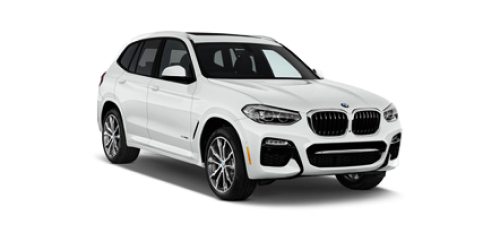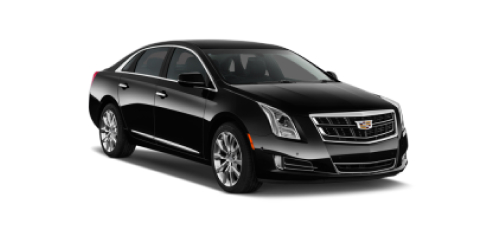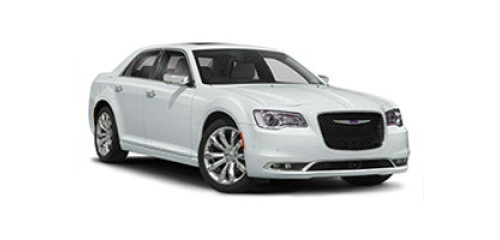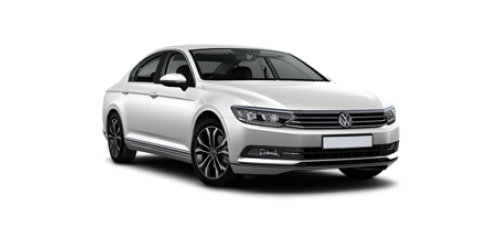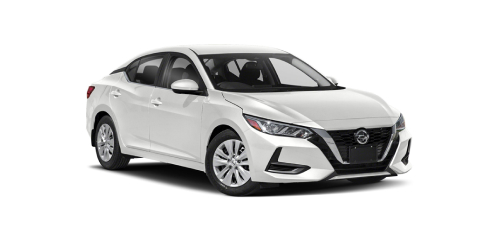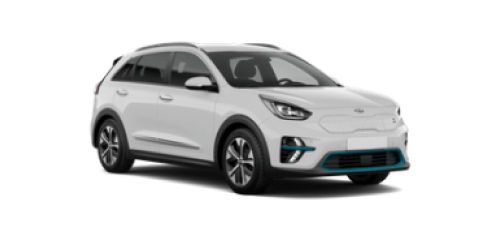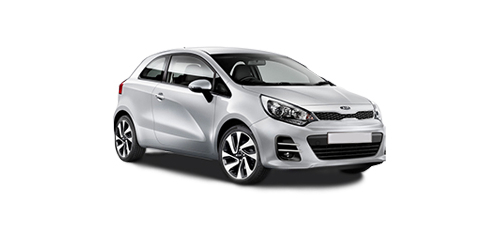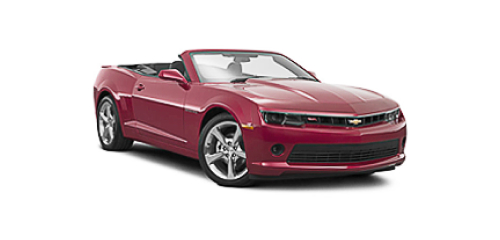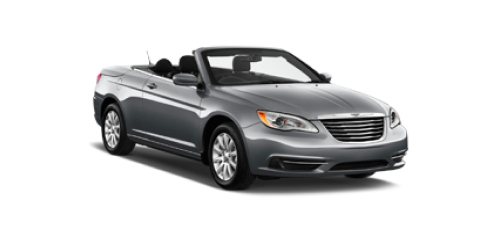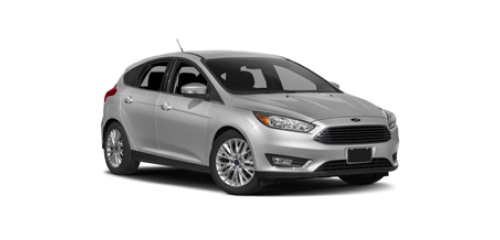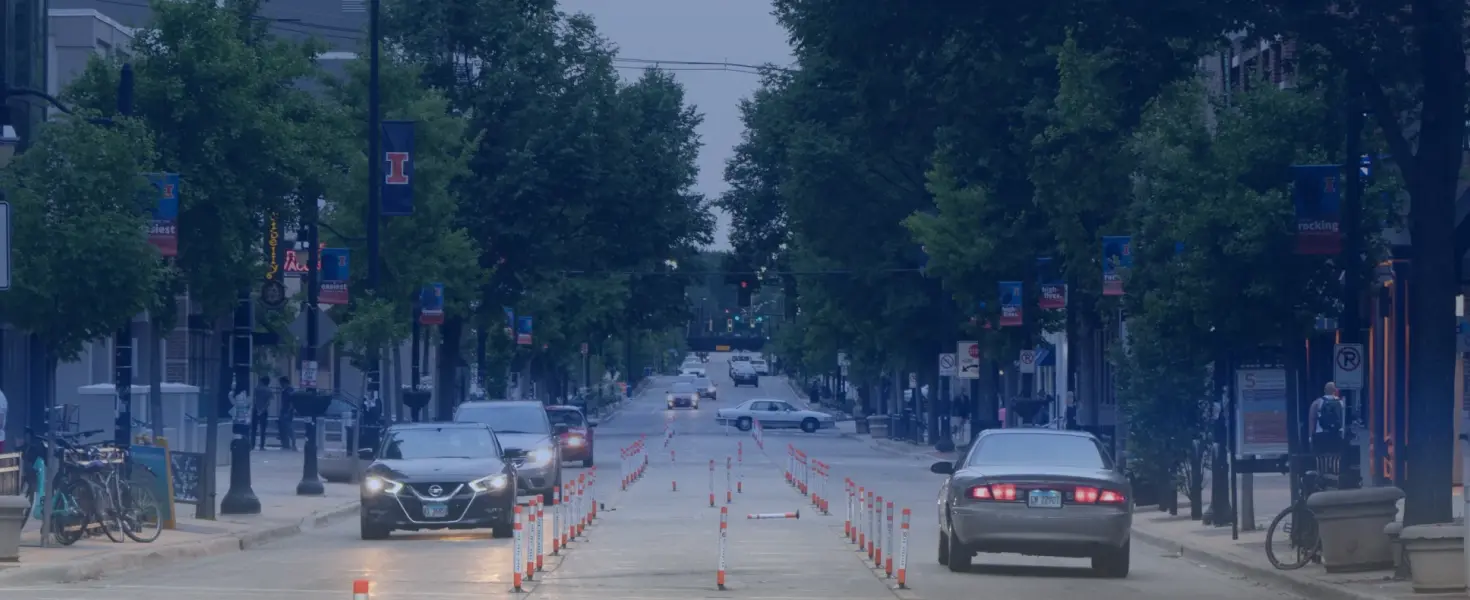
Cheap Car Rental in Belfast
- Secured payment guarantee
- 4 million users
- Multi-language support
- Booking of any class cars
- 600 providers worldwide

Tips for renting a car inexpensively in Belfast
Looking for a cheap car rental in Belfast? With Economybookings, you can easily compare multiple providers to find the best possible deal across Northern Ireland. Whether you're planning to explore the historic city or take a scenic drive into the Mourne Mountains and surrounding countryside, a quick comparison can save you time and money.
Tips when renting a car in Belfast
- Age, licence and documentation: you must be at least 23 in the UK and have had your licence for at least 1 year; however, many rental companies have a strict no under-25’s policy, and some suppliers allow drivers from age 21 in certain vehicle classes. Non-UK residents may also need an International Driving Permit, particularly if their licence has unrecognisable characters or script.
- Insurance and excess cover: basic rental usually, but not always, includes Collision Damage Waiver (CDW) and Theft Protection (TP). Independent excess insurance can often be cheaper compared to desk offers.
- Fuel policy: ‘Full-to-full’ (same-to-same) is the most common policy; ‘full-to-empty’ often results in inflated charges.
- Location and booking strategy: airport hires include premium surcharges; using off-airport locations and shuttles can slash prices significantly. Book early and watch for price drops, as some sites allow free cancel-and-rebook to take advantage.
- Inspect, document, and dispute: do a detailed walkaround and check the bodywork, tyres, lights, and equipment. Photograph all existing damage and note on the rental form. On return, photograph again and get a signed checkout record to guard against post-return disputes.
- Road etiquette: drive on the left and beware of roundabouts - give way to the right.
- Car type: opt for a small car for easier parking and narrow roads.
- Pick up your car at Belfast City Airport or Belfast International Airport or outskirts for easier access.
- Avoid rush hour traffic on the M1.
Driving tips in Belfast
- Drive on the left and overtake on the right.
- Roundabouts are common – give way to traffic coming from the right.
- Flash your headlights as a polite signal (e.g., to let someone pass), not as aggression.
- Horn use is rare; only use in case of emergencies or warnings.
- Stay in the left lane on motorways unless overtaking and don’t hog the middle lane. UK motorway hard shoulders are only for emergencies, unless part of a “smart motorway” scheme.
- Use parking apps like RingGo or JustPark to find/pay for legal spots in and around the city.
- Avoid yellow lines: single = time-limited, double = no parking anytime.
- Popular fuel stations: Shell, BP, Esso, Tesco (supermarkets often cheaper).
- Keep your license, rental papers, and insurance with you at all times.
- Driving while holding a smartphone or sat-nav in hand is illegal—£200 fine + 6 points. Your sat-nav must be in a proper holder within clear view.
- The A55 ring road circles Belfast and is useful for reaching suburbs, but expect heavy traffic during peak hours.
Speed limits
In the UK, speed limits are typically 30 mph (48 km/h) in built-up areas, 60 mph (96 km/h) on single carriageways, and 70 mph (112 km/h) on dual carriageways and motorways. Belfast follows these national limits, but some areas, especially residential zones, enforce 20 mph limits. Always watch for posted signs, as limits can vary depending on local rules and road conditions.
Road signs
UK road signs follow international standards and are usually clear and well-placed. They’re primarily in English (but also can be in Irish in parts of Belfast) and use symbols for quick understanding. Speed limit signs are in miles per hour (mph). In Belfast, look out in particular for signs marking bus lanes, no-entry zones, and school streets, which may have time-based restrictions.
Navigating the city's mix of medieval streets, one-way systems, and modern thoroughfares demands vigilance.
- Circular red-bordered signs impose prohibitions (like no-entry or no turns), while blue circular signs convey mandatory direction or minimum speed.
- Triangular warnings flag hazards ahead—such as sharp bends or pedestrian crossings, while yellow boards indicate temporary restrictions, particularly around roadworks.
- The city centre has a dense network of bus-gates, bus-lanes and time-restricted streets that must be read carefully before you turn or park. These lanes are frequently enforced by CCTV/ANPR cameras and patrols, and the local guidance makes clear that unauthorised use normally results in a Penalty Charge Notice being issued to the vehicle keeper. Councils publish both maps and the enforcement times for each lane, so it’s worth checking them before you drive in central corridors.
- Many bus lanes carry explicit timeplates (for example, “07:00–19:00”) and others are operational 24/7 where no times are shown; permitted users (buses, cycles and licensed taxis where signed) are listed on the post-mounted sign, so don’t assume occasional gaps in traffic mean the lane is free to use.
Tolls and restricted zones
Belfast city itself doesn’t have a congestion charge or city-wide LEZ (Low Emission Zone) in operation, but the wider island geography means tolls are encountered when crossing into the Republic of Ireland (M1 toll, Dublin area tolls) or using some tunnels/bridges elsewhere.
Within Northern Ireland you won’t meet the Republic’s eFlow tolls, but if your trip crosses the border you should factor in Irish toll roads (e.g., the M1 near Drogheda) and the requirement to pay those tolls by the stated channels. Locally, enforcement concentrates on bus lanes and traffic restrictions, with penalties proving to be significant and rental companies often pass on charges with admin fees.
Discover Belfast by car
Belfast is a city full of rich history to discover. Renting a car in Belfast gives you the flexibility to explore both the city and nearby attractions. A car unlocks short drives and hidden gems around Belfast that public transport doesn’t reach properly. Park centrally (many multi-storey car parks and council bays now use cashless payment apps and contactless), walk the Titanic Quarter and the revamped docks, then drive out to coastal or upland sights. Short coastal loops to Carrickfergus Castle and the scenic Lough shore are easy half-day options, while full-day drives let you take the world-famous Causeway Coastal Route to Dunluce and the Giant’s Causeway, but note the National Trust operates timed visitor-centre entries and park-and-ride facilities, so pre-booking car parking or visitor-centre tickets can save hours in summer.
For more active days, the Gobbins Cliff Path is a guided cliff-walk with a visitor centre and shuttle to the trailhead (book in advance and arrive early), and Carrick-a-Rede Rope Bridge also uses timed tickets and includes reserved parking for ticket holders; both attractions often sell out on sunny weekends. If you want island life, the Rathlin ferry from Ballycastle carries passengers and limited vehicles (book ahead in summer; vehicle spaces are restricted), making Rathlin a practical, but bookable, add-on for nature and seabird watching. Many National Trust car parks and private attractions operate cashless payment and some require pre-booking in summer, so plan ahead for weekends.
When to Visit
Belfast is a year-round destination, but the best time to explore by car is between June and September, when the weather is mild and the days are long. Travelling during the winter will allow you to enjoy some off-peak prices, but some of the smaller roads may be susceptible to black ice coverage, which makes for difficult driving conditions. Summers can be hot and winters can be cold and wet, so make sure to pack appropriately for the time of year.
Languages & Communication
English is spoken everywhere in Belfast. It’s a multicultural city, so you may also hear Irish, Punjabi, Arabic, Chinese and various European languages in many neighbourhoods. Most signage is in English, and visitors rarely face language barriers.
Currency & Payments
Belfast uses the British Pound (£). Credit and debit cards are widely accepted, especially contactless payments, which are common at fuel stations, parking machines, and tolls. ATMs are easy to find throughout the city and suburbs.
Top driving routes from Belfast
- Belfast is perfectly located for some of Northern Ireland’s most scenic drives:
- Belfast is the natural start point for some of the UK’s most dramatic short road trips: the Causeway Coastal Route (Belfast → Carrickfergus → Ballycastle → Giant’s Causeway → Portrush → Derry) is a 100–120-mile coastal loop that packs castles, cliff-top viewpoints and village cafés into a day if you start early, but it rewards two days for a relaxed pace and photography stops; aim to use the A2 and coastal links and allow time for the National Trust park-and-ride at the Causeway in summer.
- The Antrim Glens and Dark Hedges side-loops are perfect 1-day detours off the main coast road for atmospheric lanes and Game-of-Thrones photo stops, while the Mourne Mountains & Co. Down loop to the south (Dundrum → Newcastle → Silent Valley) gives upland lakes, reservoirs and recognised walking routes. These upland roads are narrow and can be exposed to strong winds or ice in winter, so check conditions.
- For cliff-walk enthusiasts, a combined day including Carrick-a-Rede (timed ticket required) and the Gobbins (guided walk with shuttle from the visitor centre) is feasible but needs careful slot planning so you don’t miss a booked time; similarly, if you plan to include Rathlin Island, pre-book the ferry (and vehicle slot if you need one) and check sailing times, as crossings vary seasonally.
These routes are ideal for day trips or weekend escapes, with well-maintained roads and unforgettable views.
Experience the top locations with car rental in Belfast
Opening hours
Address
Documents on pick-up
Credit Card
Take your credit card in the main driver`s name with a limit large enough to cover the excessPassport
Take your passportDriving License
Take your local and international driving licenseOpening hours
Address
Documents on pick-up
Credit Card
Take your credit card in the main driver`s name with a limit large enough to cover the excessPassport
Take your passportDriving License
Take your local and international driving licenseAll car rental in Belfast
Discover the cheapest car rental in Belfast
* Disclaimer: Prices displayed may not reflect today's rates.
What our customers say
Car rental companies in Belfast
We have prepared a shortlist of top rental companies in Belfast. To save both time and money compare offers on EconomyBookings.com to find the best deal.













